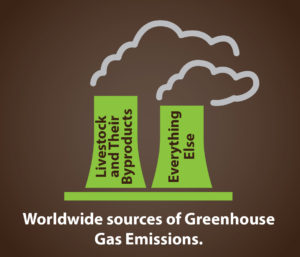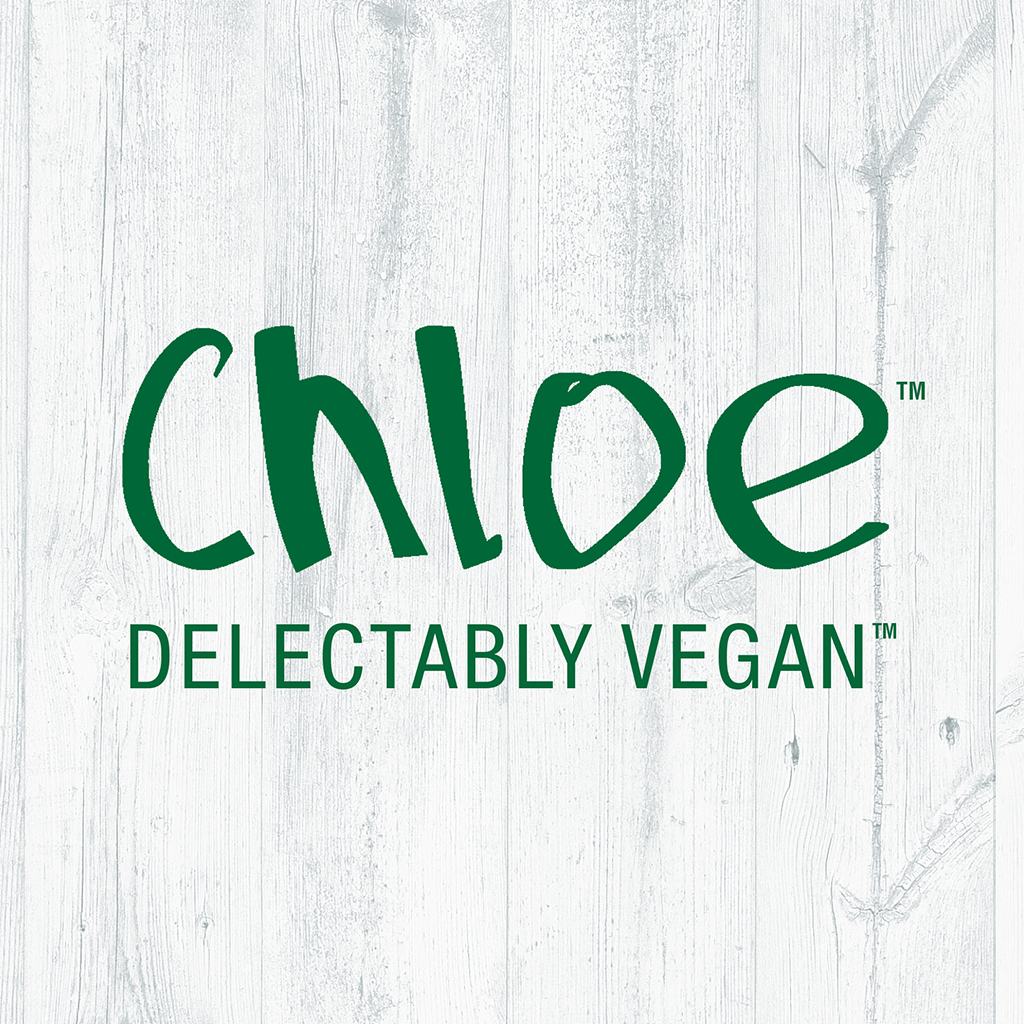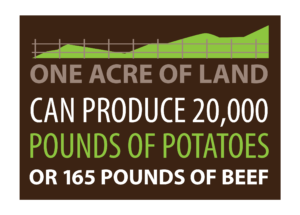The growing world population has put tremendous pressure on the global environment. The United Nations has reported that a vegan diet can feed more people than an animal-based diet. The United Nations Food and Agriculture Organization has linked animal agriculture to several environmental problems, including contamination of aquatic ecosystems, soil and drinking water by pesticides, greenhouse gas production and depletion of aquifers for irrigation.
Veganism is an integral component of a cruelty-free lifestyle. It provides numerous benefits to animals’ lives, to the environment, and our health – through a healthy diet and lifestyle. While vegetarians choose not to consume meats, vegans also avoid dairy and eggs. The consumption of animal fats and proteins has been linked to heart disease, colon cancer, hypertension, obesity, and several other debilitating conditions.

Carbon dioxide, methane, and nitrous oxide together cause the vast majority of global warming. Producing a little more than two pounds of beef causes more greenhouse-gas emissions than driving a car for three hours and uses up more energy than leaving your house lights on for the same amount of time. According to the United Nations, a global shift toward a vegan diet is one of the steps necessary to combat the worst effects of climate change. The Worldwatch Institute estimates that at least 51 percent of greenhouse gas emissions worldwide can be attributed to “livestock and their byproducts.”



